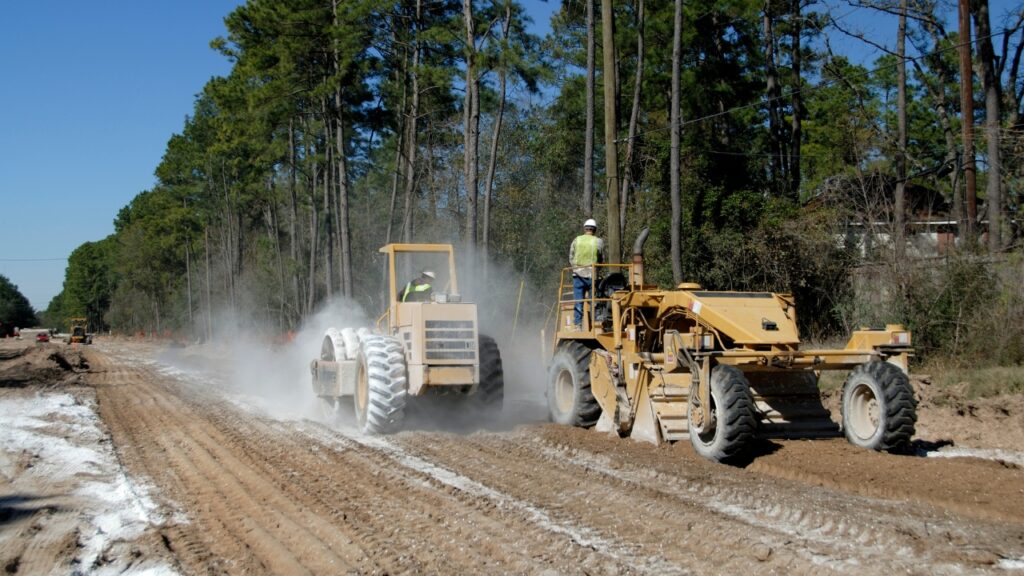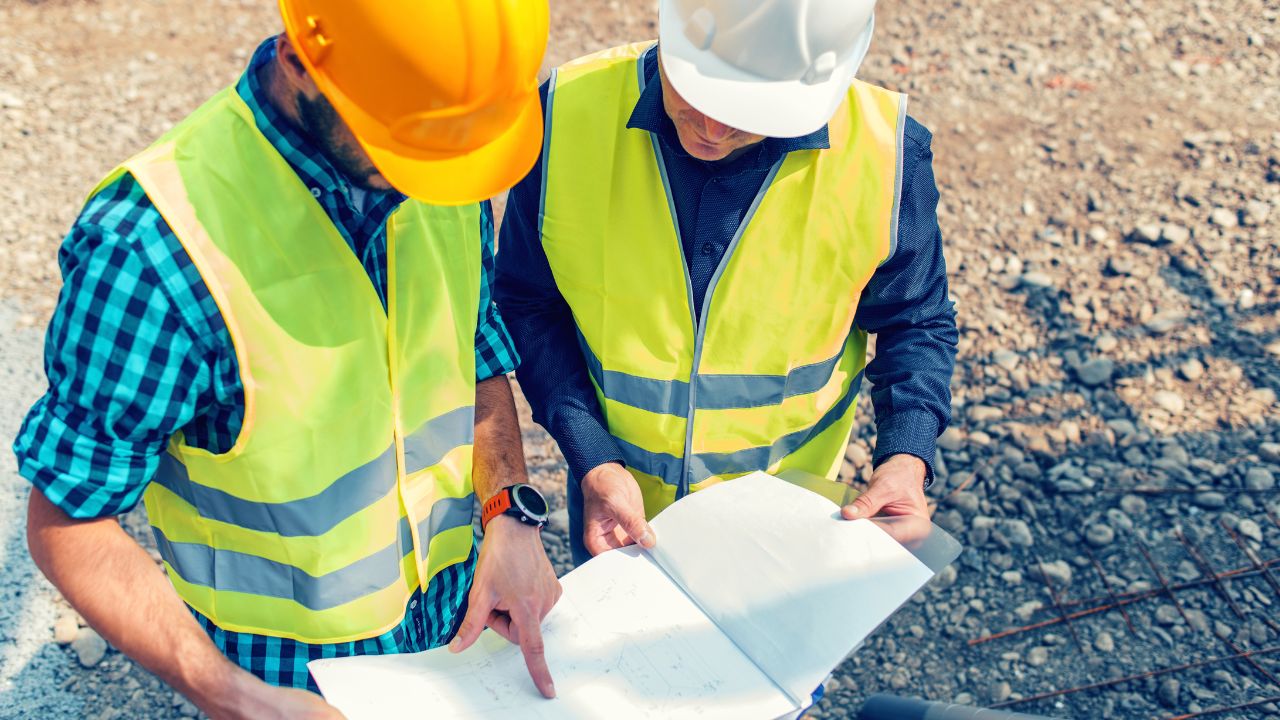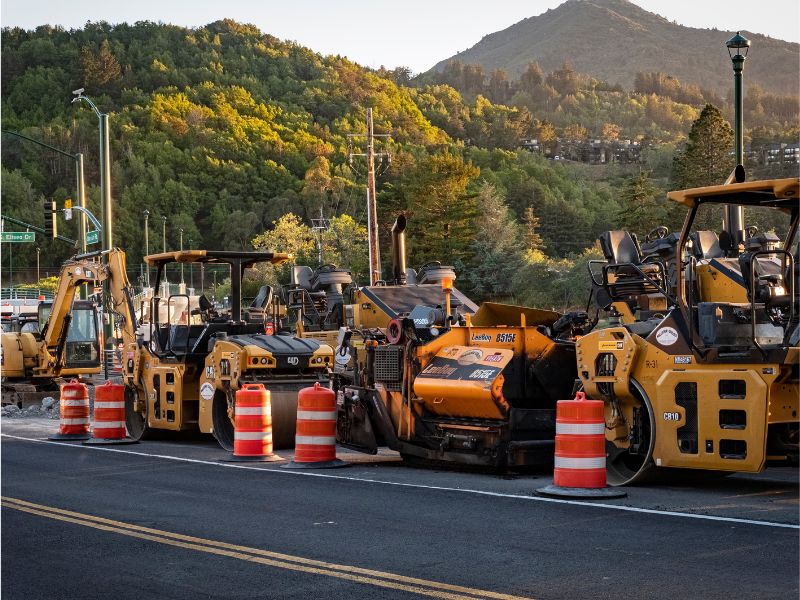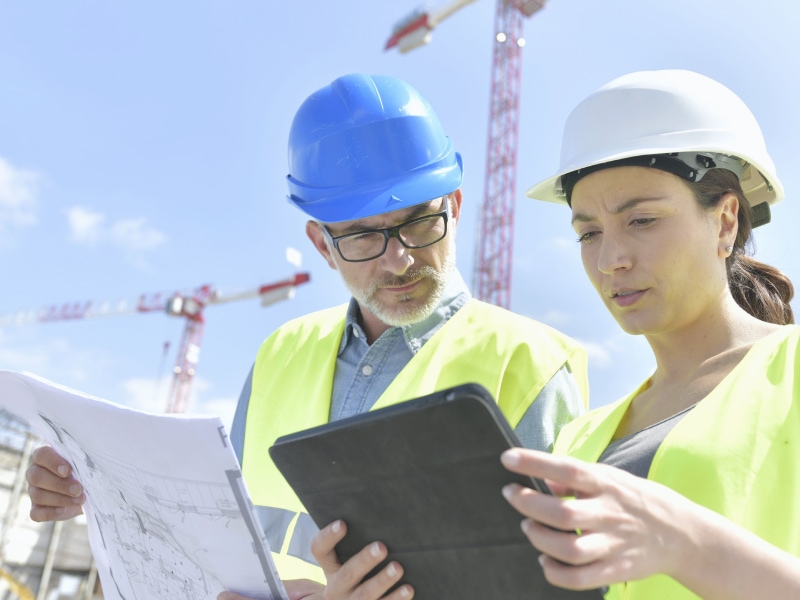Soil stabilization involves the activities used in civil engineering and road construction to improve the physical properties of the soil, especially its strength and stability. It is a key process in preparing the ground for the construction of roads and foundations of buildings or other structures. We will explain the whole process and tell you more about it.
Types of soil stabilization
The choice of an appropriate method of stabilization depends on the type of soil, the requirements of a particular project and individual environmental conditions. It also depends on economic plans and assumptions. Soil stabilization is a key element in construction projects as it creates a stable ground which is absolutely essential for the safety of the construction. We distinguish several basic types of soil stabilization:
- chemical: Engineers or builders use materials such as lime, cement, volatile ashes, or various chemical mixtures that they mix with soil to improve its properties. For example, people often use lime to stabilize clay soil.
- physical: it involves the addition of materials such as gravel, sand or fine stone to the soil in order to improve its structure, drainage and carrying capacity.
- organic: it uses various organic products, such as polymers, to increase soil consistency and reduce erosion.
- biological : In some cases, people use vegetation to stabilize the soil, especially on slopes
- mechanical: includes various mechanical methods, such as compaction, soil mixing at the construction site or the use of geosynthetics and strengthening nets.
- electrochemical: uses electrochemical processes to change the properties of the soil, for example through electroosmosis.
Soil stabilization: machine operation
A heavy construction equipment stabilizes and mechanically mixes the soil as a soil stabiliser. Especially in large areas such as road and airport. The main function of the machine is to mix the soil with stabilizing additives, such as cement, lime or other binding materials. The machine mechanically mixes these ingredients with natural soil to improve its bearing properties and reduce plasticity. A soil stabiliser is equipped with strong knives or cutters that crush and homogenize the soil, ensuring a uniform structure and depth of mixing. Operators often use these machines for soil stabilization and soil reclamation. Mixing of contaminated soil and the preparation of road substructures and other constructions.
The construction market in the UK constantly seeks soil stabiliser operators. In order to do such work, appropriate documented qualifications are needed. If you want to complete a professional CPCS course needed to work in soil stabilization, contact our specialists.







